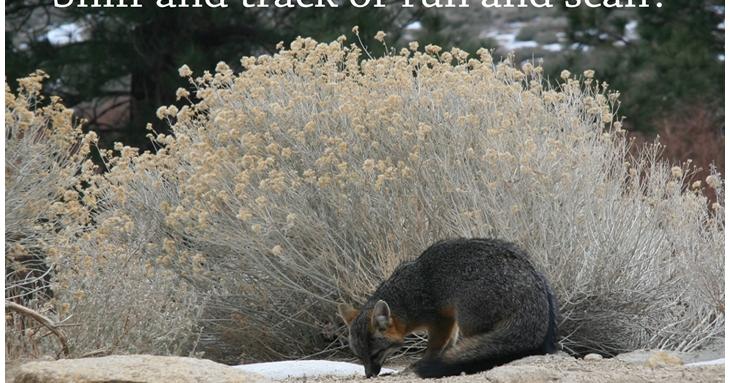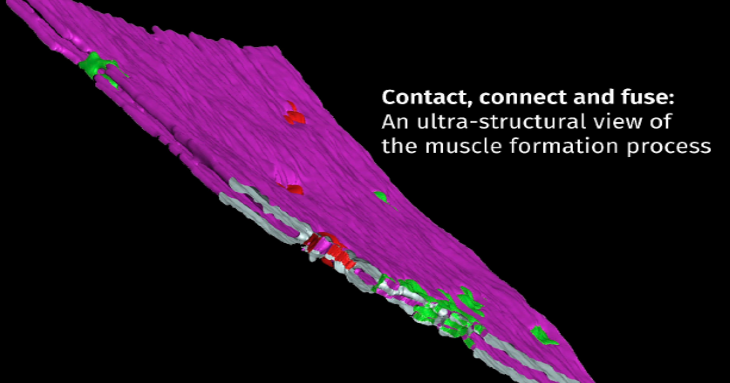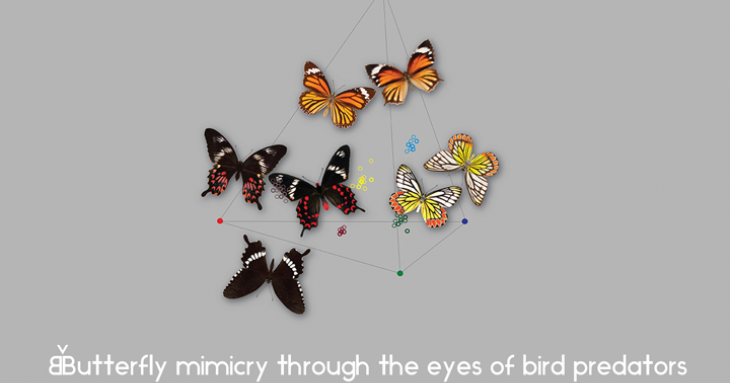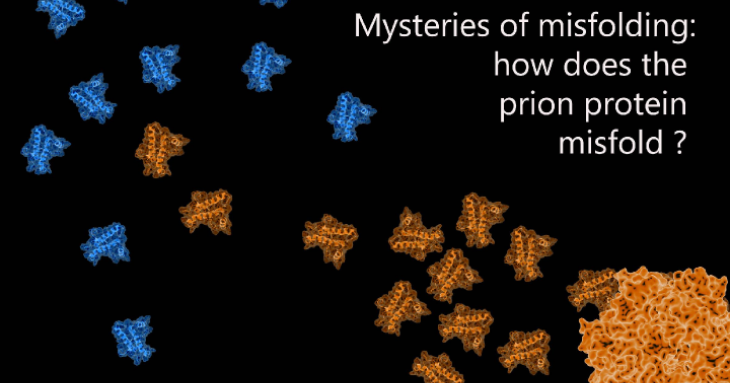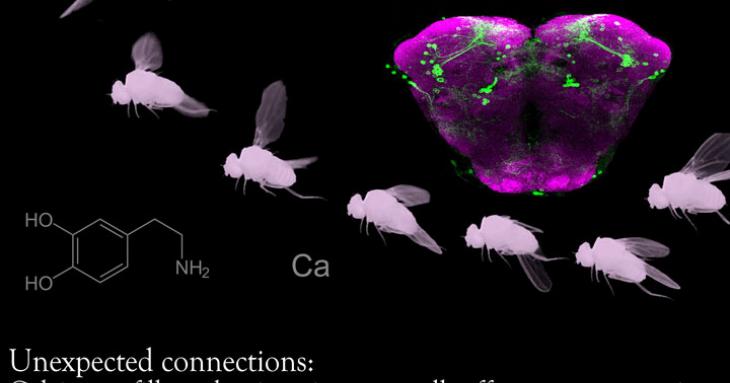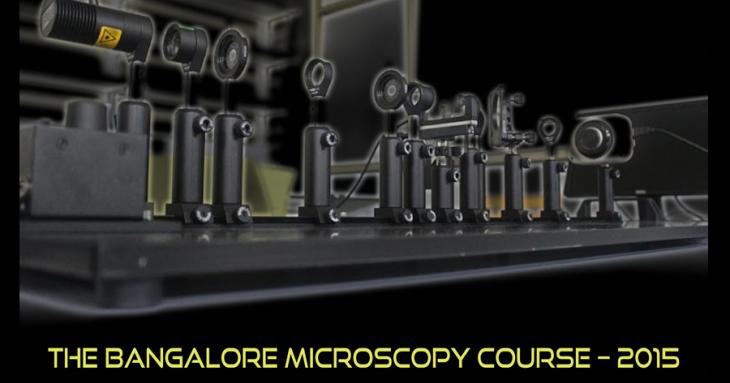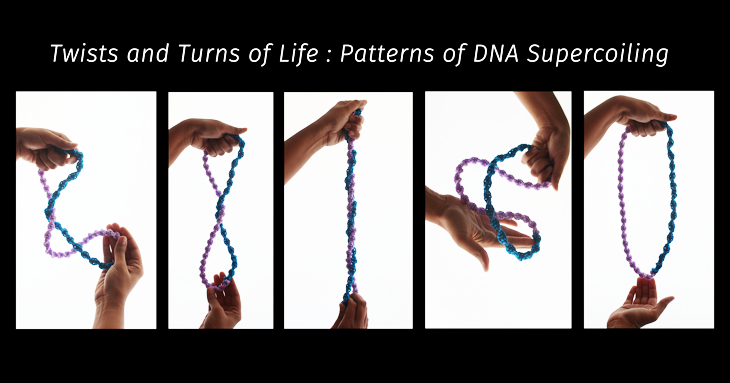-
Science on tracks: NCBS and the Science Express
A science exhibition on the move? It's a fantastic idea that has been travelling on the Indian railway tracks for seven years. The Science Express is a unique moving science exhibition mounted on a 16-coach AC train that was first flagged off in 2007 by the then Prime Minister of India, Dr. Manmohan Singh and German Chancellor Dr. Angela Merkel.
-
Sniff and track or run and scan?
It's dinnertime, and the smell of delicious food makes your tummy rumble. However, it's dark because of a powercut and you can't see very clearly. What do you do? Raise your head, sniff, and follow the delectable smells to where the food is? Or should you just take a guess and peek into the kitchen, or the dining room or the veranda, which are the likeliest places for dinner to be served? A recent study shows that the latter method - dubbed "run-and-scan" - may actually be a more efficient way to find your target than just following your nose.
-
Contact, connect and fuse: An ultra-structural view of the muscle formation process
For an avid exerciser, a muscle pull or tear is a painful and fairly common occurrence. A sudden turn or an unusually vigorous bout of aerobics can leave one with a muscle tear that will effectively confine a person to bed for a few weeks. However, muscles do heal - a set of quiescent cells called myosatellite cells in muscles are activated by injury to divide and form myoblasts, which in turn fuse with muscle cells to repair damaged muscles.
-
Butterfly mimicry through the eyes of bird predators
Mimicry: the art or practice of imitating something.
-
Mysteries of misfolding: how does the prion protein misfold?
Prions are strange, even by the standards of the biological world which regularly throws up bizarre creations. They are the agents that cause mad cow disease in cattle, scrapie in sheep, Creutzfeldt- Jakob disease (the equivalent of mad-cow in humans) and fatal familial insomnia. The term prion was coined from the words “protein” and “infection” to reflect its unique nature – an infectious protein, which does not require the all-important DNA or RNA molecules to copy and transmit biological information.
-
Unexpected connections: Calcium refill mechanisms in nerve cells affects gene expression
Calcium, is not just for strong bones - it is an essential requirement for normal muscle and nerve cell function. Recent research now shows that Calcium ion homeostasis in nerve cells is linked to another important process - it may be regulating the levels of an important signalling molecule called dopamine.
-
The Bangalore Microscopy Course – 2015
This year, the 7th BMC meeting was held in NCBS from 20th to 27th September, 2015. Microscopy is a technique that is used in most aspects of biological research. The field of microscopy is a dynamic one with new technology and techniques being developed for a vast array of uses. The Bangalore Microscopy course is an intense, week-long course designed to cover the many aspects of microscopy and explore new developments in this field for their potential application in research.
-
Twists and turns of life: patterns of DNA supercoiling
"A bend and a twist, then stretch and turn, now relax". What sounds like a series of exercise instructions, are also words that describe the various shapes a piece of DNA can assume. The classic double helix structure that one associates with DNA is but an extremely limited view of its physical 'shape'. The molecule that holds the codes of life is capable of further winding itself into myriad complex shapes called 'supercoils' that are capable of affecting gene expression patterns.



